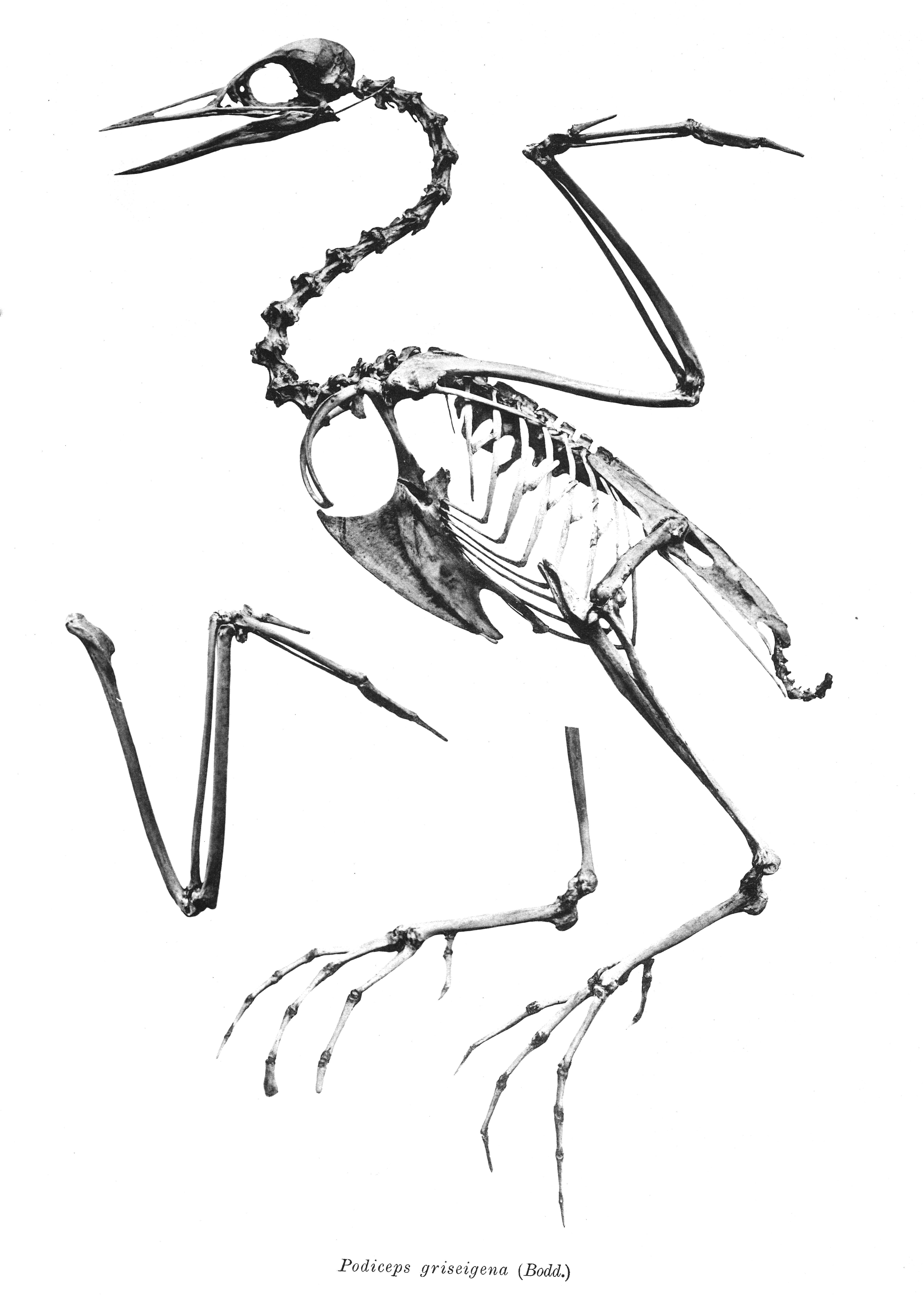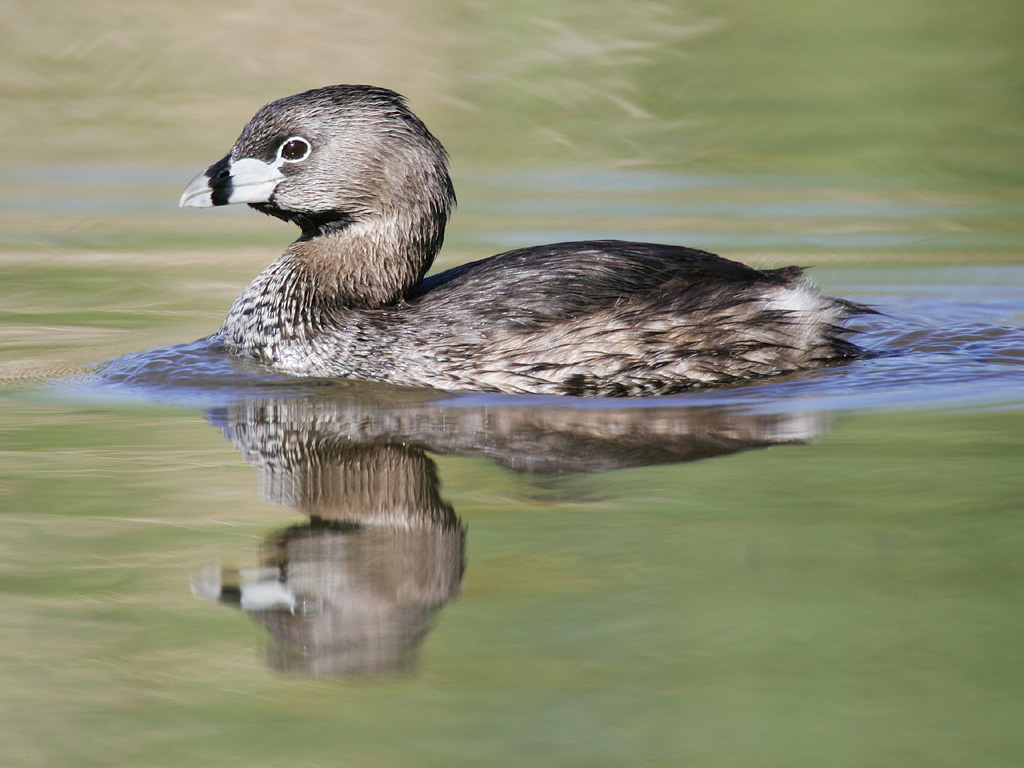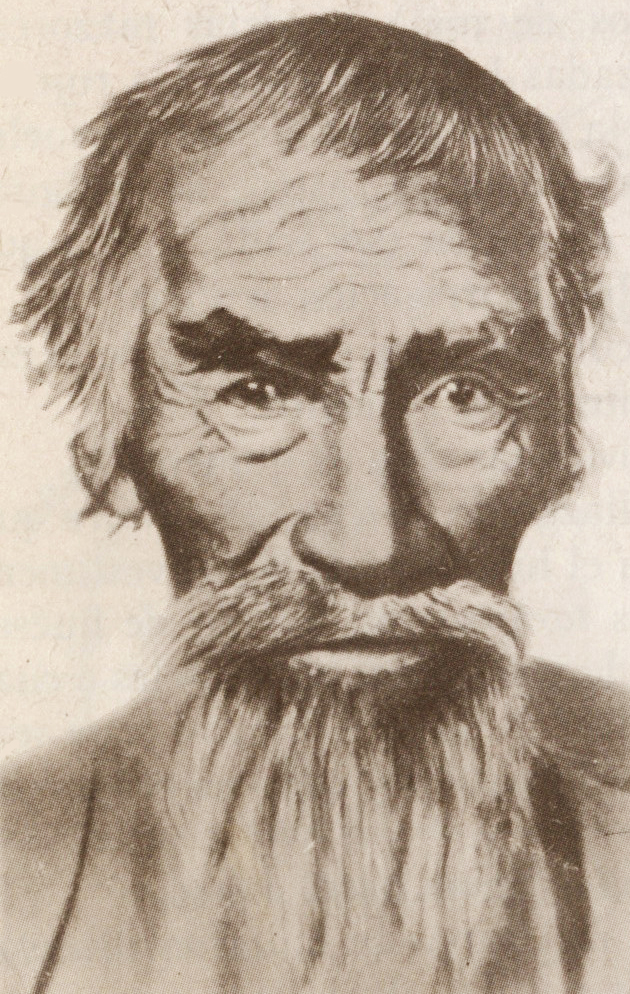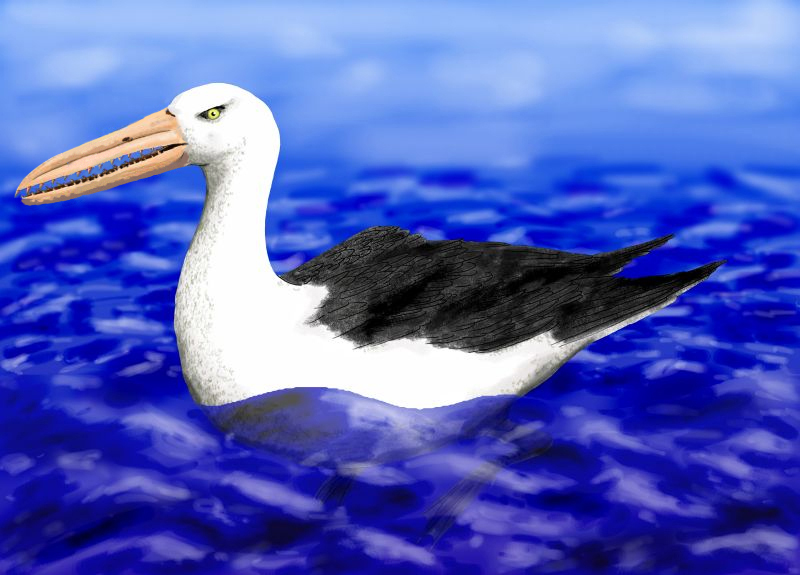|
Hunucornis
''Hunucornis huayanen'' is an extinct grebe species from the Las Flores Formation, a Miocene-aged deposit in central Argentina. It is known from two specimens containing fragmentary pieces of the left forelimb and femur. It is the oldest fossil evidence of grebes in South America. History The holotype INGEO-PV-376 and the referred material INGEO-PV-371 were collected, along with other fossil bird remains, from several field expeditions to Candelaria Creek over ten years, soon later to be described by Federico L. Agnolín, Gerardo Álvarez Herrera, Sebastián Rozadilla, and Victor Contreras in a 2025 article about this late Miocene avian assemblage. The authors named the material ''Hunucornis huayanen,'' which the genus means "Hunuc's bird", which comes from Huarpe cosmogony about the first man who was friend to the animals, and the ephipet species name is Allentiac for "swim". The name refers to the fact ''H. huayanen'' is the oldest fossil evidence of grebes in South America. ... [...More Info...] [...Related Items...] OR: [Wikipedia] [Google] [Baidu] |
Grebe
Grebes () are aquatic diving birds in the order (biology), order Podicipediformes (). Grebes are widely distributed freshwater birds, with some species also found in sea, marine habitats during Bird migration, migration and winter. Most grebes fly, although some flightless species exist, most notably in stable lakes. The order contains a single family (biology), family, the Podicipedidae, which includes 22 species in six extant genus, genera. Although, superficially, they resemble other diving birds such as loons and coots, they are most closely related to flamingos, as supported by morphology (biology), morphological, molecular and paleontology, paleontological data. Many species are monogamy in animals, monogamous and are known for their courtship displays, with the pair performing synchronized dances across the water's surface. The birds build floating vegetative nests where they lay several eggs. About a third of the world's grebes are listed at various levels of conservatio ... [...More Info...] [...Related Items...] OR: [Wikipedia] [Google] [Baidu] |
Podicipediformes
Grebes () are aquatic diving birds in the order Podicipediformes (). Grebes are widely distributed freshwater birds, with some species also found in marine habitats during migration and winter. Most grebes fly, although some flightless species exist, most notably in stable lakes. The order contains a single family, the Podicipedidae, which includes 22 species in six extant genera. Although, superficially, they resemble other diving birds such as loons and coots, they are most closely related to flamingos, as supported by morphological, molecular and paleontological data. Many species are monogamous and are known for their courtship displays, with the pair performing synchronized dances across the water's surface. The birds build floating vegetative nests where they lay several eggs. About a third of the world's grebes are listed at various levels of conservation concerns—the biggest threats including habitat loss, the introduction of invasive predatory fish and human p ... [...More Info...] [...Related Items...] OR: [Wikipedia] [Google] [Baidu] |
Miocene
The Miocene ( ) is the first epoch (geology), geological epoch of the Neogene Period and extends from about (Ma). The Miocene was named by Scottish geologist Charles Lyell; the name comes from the Greek words (', "less") and (', "new") and means "less recent" because it has 18% fewer modern marine invertebrates than the Pliocene has. The Miocene followed the Oligocene and preceded the Pliocene. As Earth went from the Oligocene through the Miocene and into the Pliocene, the climate slowly cooled towards a series of ice ages. The Miocene boundaries are not marked by distinct global events but by regionally defined transitions from the warmer Oligocene to the cooler Pliocene Epoch. During the Early Miocene, Afro-Arabia collided with Eurasia, severing the connection between the Mediterranean and Indian Oceans, and allowing the interchange of fauna between Eurasia and Africa, including the dispersal of proboscideans and Ape, hominoids into Eurasia. During the late Miocene, the conn ... [...More Info...] [...Related Items...] OR: [Wikipedia] [Google] [Baidu] |
Huarpe
The Huarpes or Warpes are an Indigenous people of Argentina, living in the Cuyo region. Some scholars assume that in the Huarpe language, this word means "sandy ground," but according to ''Arte y Vocabulario de la lengua general del Reino de Chile'', written by Andrés Febrés in Lima in 1765, the word ''Cuyo'' comes from Araucanian ''cuyum puulli'', meaning "sandy land" or "desert country". History Huarpe people settled in permanent villages beginning in the 5th century CE. About 50 to 100 people lived in a village, making them smaller than Diaguita settlements. They were agrarian people who grew corn (''Zea mays''), beans, squash, and quinoa ('' Chenopodium quinoa'').Lewis 18 Towards the 15th century, Huarpe territory expanded into the current Argentinian provinces of San Luis, Mendoza and San Juan and even on the north of the Neuquen Province. They inhabited between the Jáchal River at north, to the Diamante River at south and between the Andes and Conlara Valle ... [...More Info...] [...Related Items...] OR: [Wikipedia] [Google] [Baidu] |
Allentiac
Allentiac (Alyentiyak), also known as Huarpe (Warpe), was one of the Warpean languages. It was native to Cuyo in Argentina, but was displaced to Chile in the late 16th century. Luis de Valdivia, a Jesuit missionary, wrote a grammar, vocabulary and religious texts. The people became mestizo and lost their language soon after. Phonology Vowels Allentiac had the vowels ''a, e, i, o, u, ù'', with ''ù'' probably representing . Sample text The Lord's Prayer The Lord's Prayer, also known by its incipit Our Father (, ), is a central Christian prayer attributed to Jesus. It contains petitions to God focused on God’s holiness, will, and kingdom, as well as human needs, with variations across manusc ... in Allentiac: References Huarpean languages Extinct languages of South America Languages of Argentina Languages of Chile Languages extinct in the 17th century {{na-lang-stub ... [...More Info...] [...Related Items...] OR: [Wikipedia] [Google] [Baidu] |
Miobaptus
''Miobaptus'' is a fossil genus of grebe that is known from several specimens collected from Czechia and Lake Baikal dating from the Early Miocene to Middle Miocene. Considered to be one of the most primitive genera of grebes, the anatomy of ''Miobaptus'' suggests it was less adapted for the aquatic mode of life than modern grebes, but had better flight maneuverability. History The holotype species ''M. walteri'' was collected from Dolnice and described by Švec (1982). He would later describe more specimens of the species from Bohemia in 1984. A second species ''M. huzhiricus'' was described by Zelenkov (2015) from specimens collected from Olkhon Island. Description The distal part in the humeri of ''Miobaptus'' is different from extant grebes as the surface is flat and overall the wingbones more elongated. In contrast the distal ends in the humeri of extant grebes the surfaces is more concave, and overall they have much shorter wingbones. Classification ''Miobaptus'' is pla ... [...More Info...] [...Related Items...] OR: [Wikipedia] [Google] [Baidu] |
Huayquerian
The Huayquerian () age is a period of geologic time (9.0–6.8 Ma) within the Late Miocene epoch of the Neogene, used more specifically within the SALMA classification. It follows the Chasicoan and precedes the Montehermosan age. Etymology The age is named after the Huayquerías Formation in the western Cuyo Basin of northwestern Argentina that was later dated to the Montehermosan The Montehermosan age is a period of geologic time (6.8–4.0 Mya (unit), Ma) within the Miocene and Pliocene epochs of the Neogene used more specifically with South American Land Mammal Ages. It follows the Huayquerian and precedes the Chapadmalal .... The most complete Huayquerian fauna is found in the Cerro Azul Formation, in Buenos Aires Province also referred to as Epecuén Formation. Formations Fossil content Correlations Notes and references Notes References Bibliography ;Huayquerías Formation * * ;Andalhuala Formation * ;Camacho Formation * * * ;Cerro A ... [...More Info...] [...Related Items...] OR: [Wikipedia] [Google] [Baidu] |
Waterfowl
Anseriformes is an order of birds also known as waterfowl that comprises about 180 living species of birds in three families: Anhimidae (three species of screamers), Anseranatidae (the magpie goose), and Anatidae, the largest family, which includes over 170 species of waterfowl, among them the ducks, geese, and swans. Most modern species in the order are highly adapted for an aquatic existence at the water surface. With the exception of screamers, males have penises, a trait that has been lost in the Neoaves, the clade consisting of all other modern birds except the galliformes and paleognaths. Due to their aquatic nature, most species are web-footed. Evolution Anseriformes are one of only two types of modern bird to be confirmed present during the Mesozoic alongside the other dinosaurs, and in fact were among the very few birds to survive their extinction, along with their cousins, the Galliformes. These two groups only occupied two ecological niches during the Mesozoic, ... [...More Info...] [...Related Items...] OR: [Wikipedia] [Google] [Baidu] |
Palaelodidae
Palaelodidae is a family of extinct birds in the group Phoenicopteriformes, which today is represented only by the flamingos. They were widespread during the Neogene, with fossil remains found on all continents other than Antarctica. The oldest remains referred to this group appeared in the fossil record during the Oligocene in Egypt and Belgium, before palaelodids reached their peak diversity during the Miocene. Following this the group declined in the early Pliocene before going extinct on most continents. However, remains found near Cooper Creek in the Lake Eyre Basin indicate that palaelodids managed to survive in Australia until the Pleistocene. Currently three genera are recognized by scientists: '' Adelalopus'', '' Palaelodus'' and '' Megapaloelodus''. Most fossil remains stem from Europe and have been assigned to the type species, ''Palaelodus ambiguus''. Due to the fragmentary nature of most of these species, little is known about their ecology. They appear to have preferr ... [...More Info...] [...Related Items...] OR: [Wikipedia] [Google] [Baidu] |




